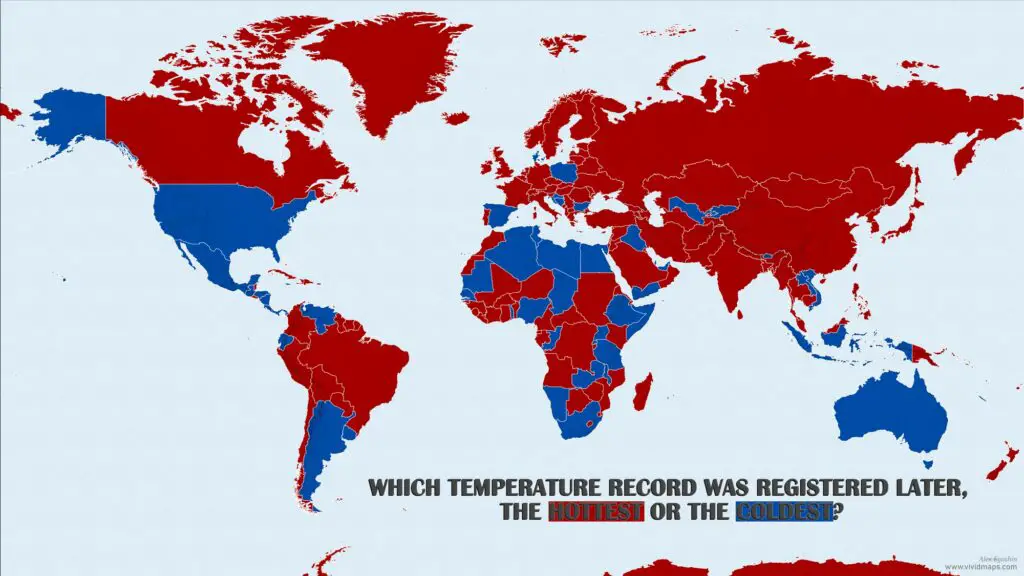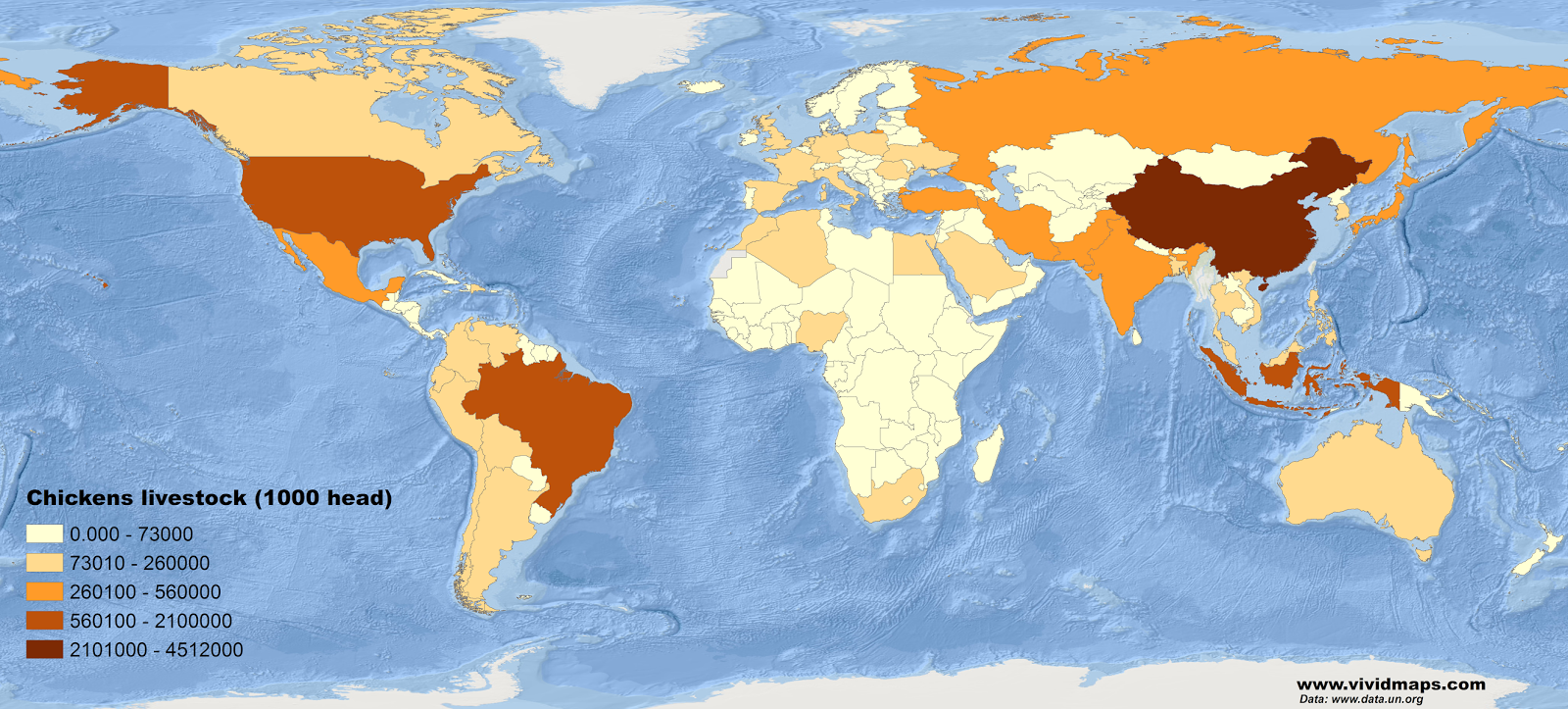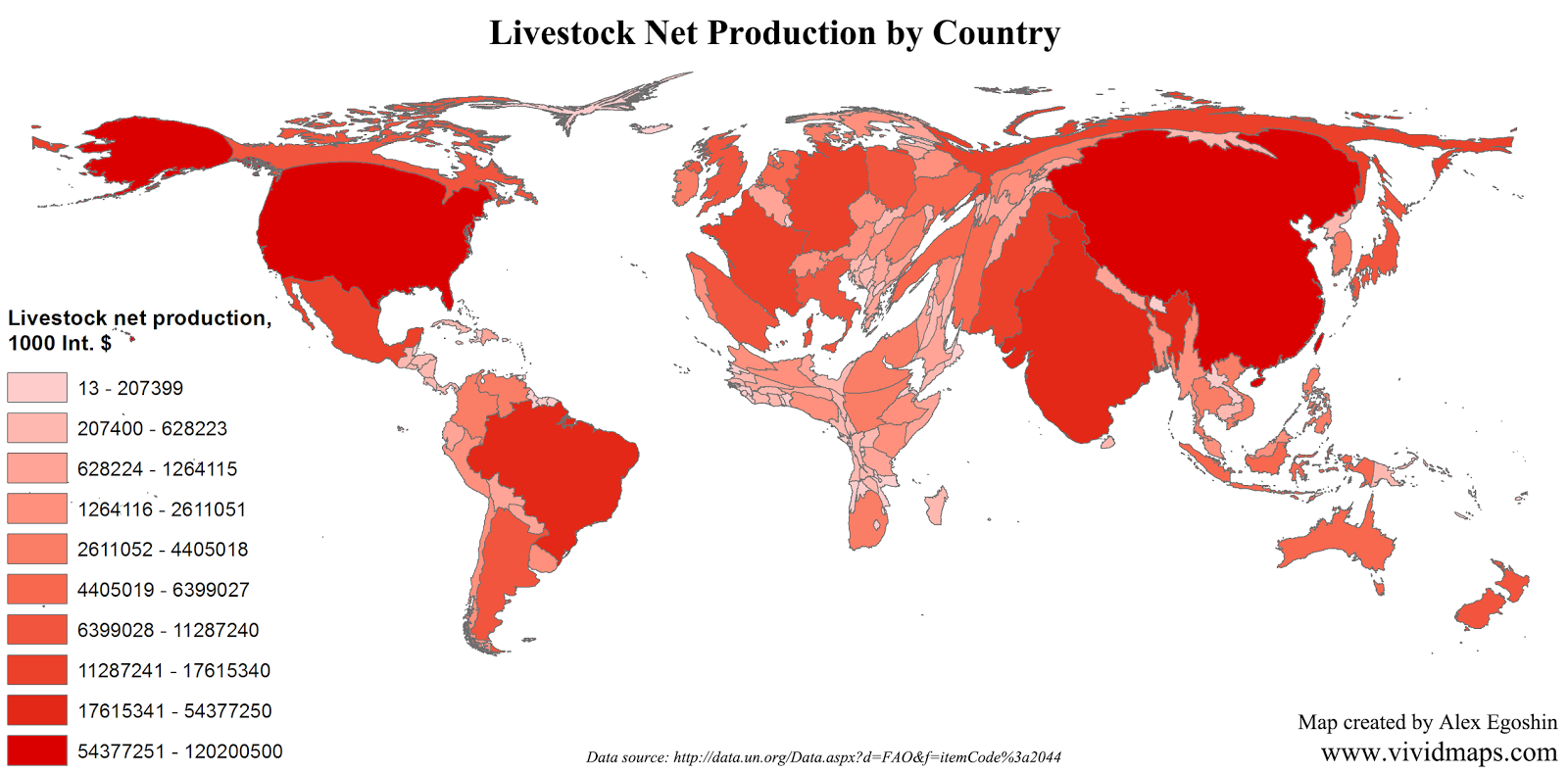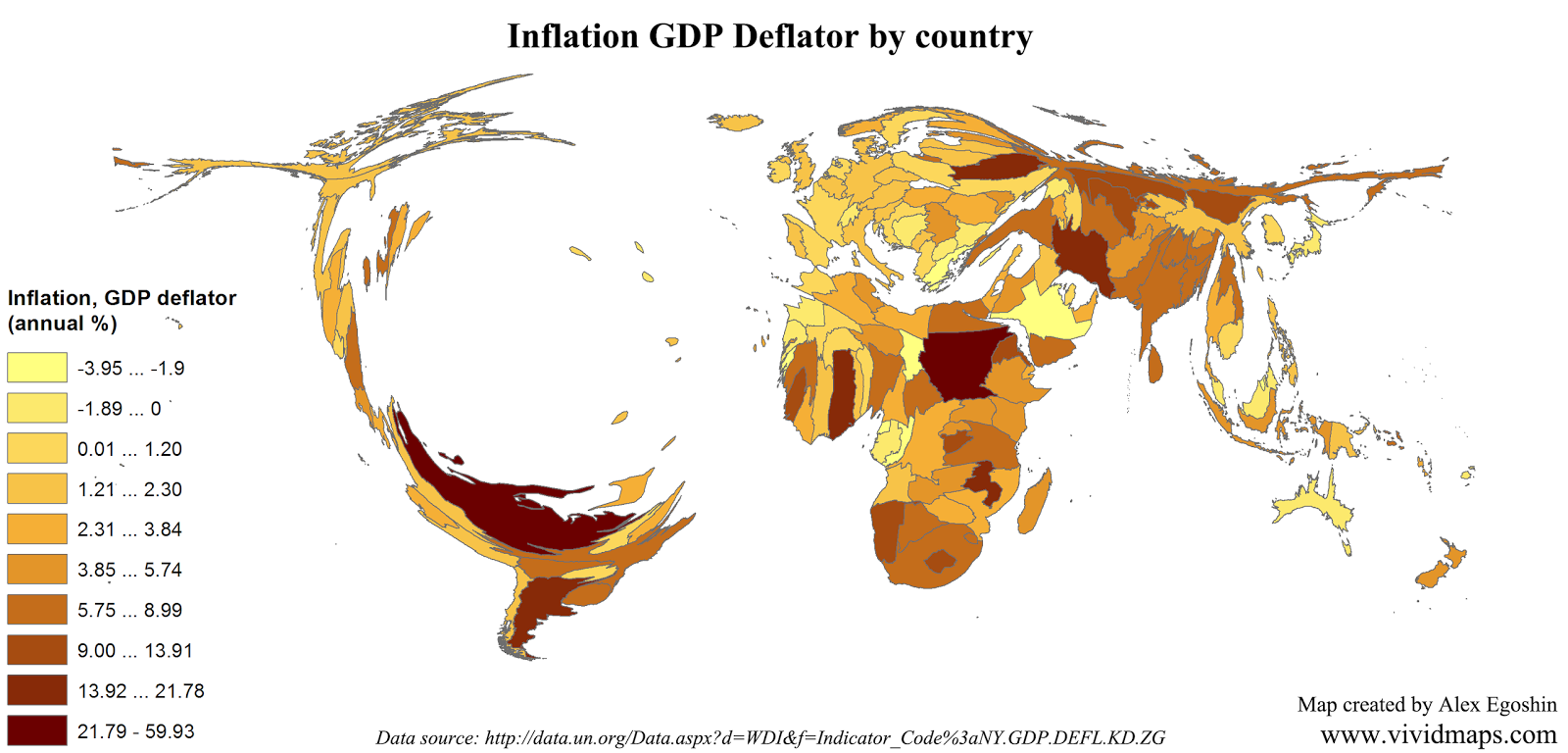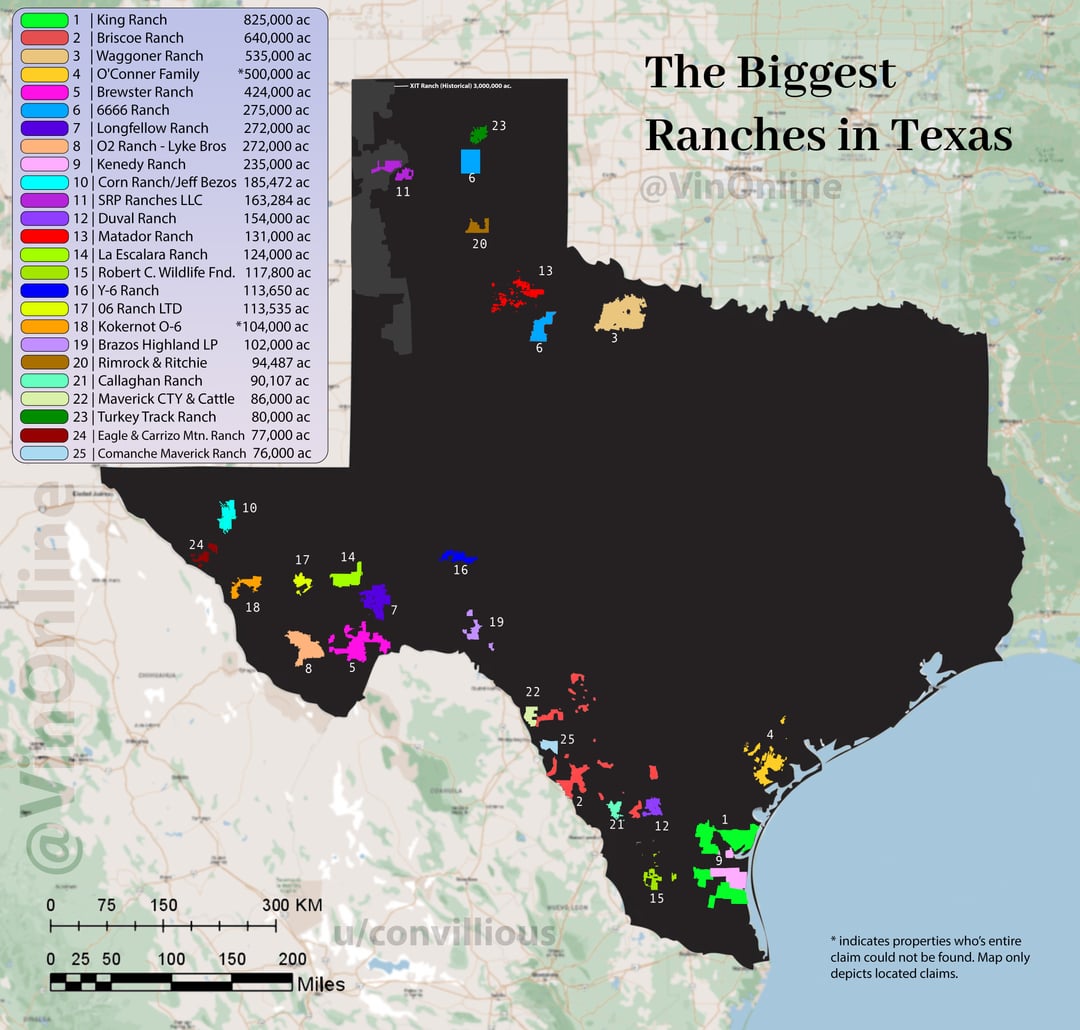Difference Between Highest and Lowest Temperatures Ever Measured
The highest temperature ever recorded on Earth was 58°С (136 °F) in the Libyan desert. The coldest temperature ever measured was -88°C (-126°F) at Vostok Station in Antarctica. But every country in the world has its own temperature records, and the difference between them can reach noticeable values.
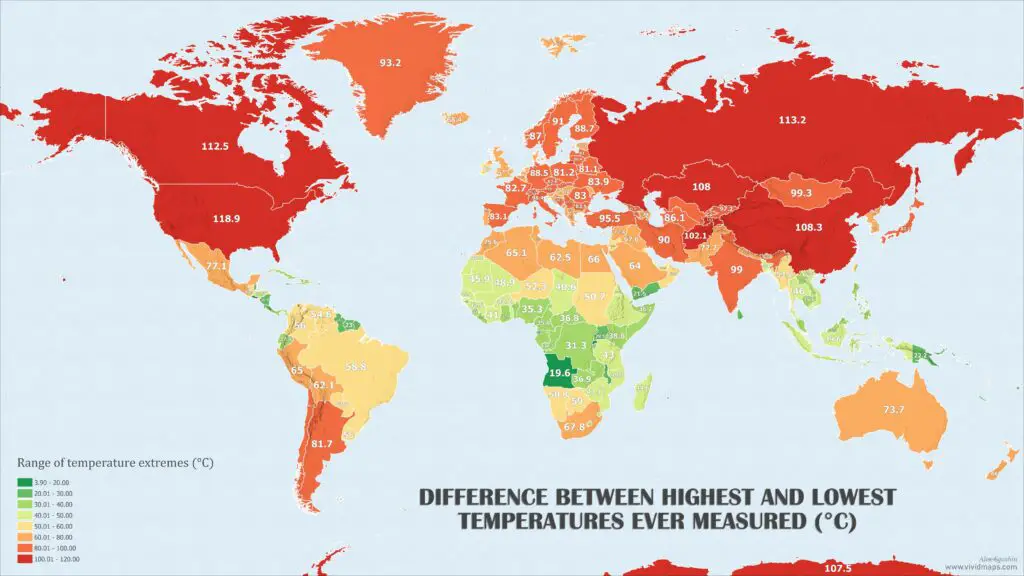
The United States and Russia have the most significant differences between their highest and lowest recorded temperatures ever measured.
United States:
- Highest Temperature: 56.7°C (134°F) in Furnace Creek Ranch, California (July 1913).
- Lowest Temperature: -62.2°C (-80°F) in Prospect Creek, Alaska (January 1971).
- Difference: 118.9°C (214.1°F).
Russia:
- Highest Temperature: 45.4°C (113.7°F) in Kalmykia (July 2010).
- Lowest Temperature: -67.8°C (-89.96°F) in Verkhoyansk, Siberia (February 1892).
- Difference: 113.2°C (203.72°F).
Countries with a continental climate typically experience the greatest differences between the highest and lowest temperatures. A continental climate is characterized by distinct seasons with hot summers and cold winters. These regions are often located in the interior of large landmasses, away from the moderating effects of oceans. The absence of nearby bodies of water contributes to more extreme temperature variations.
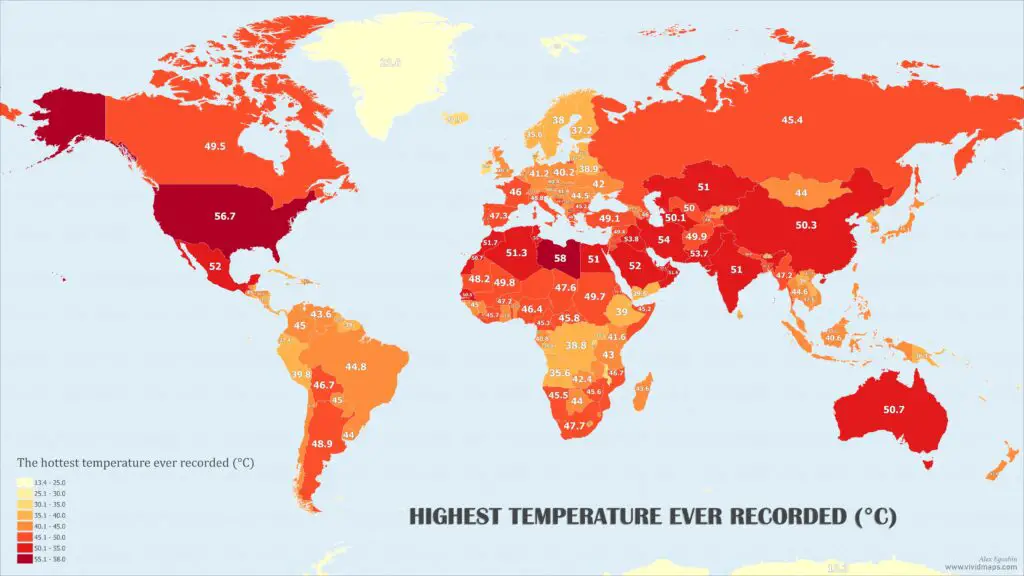
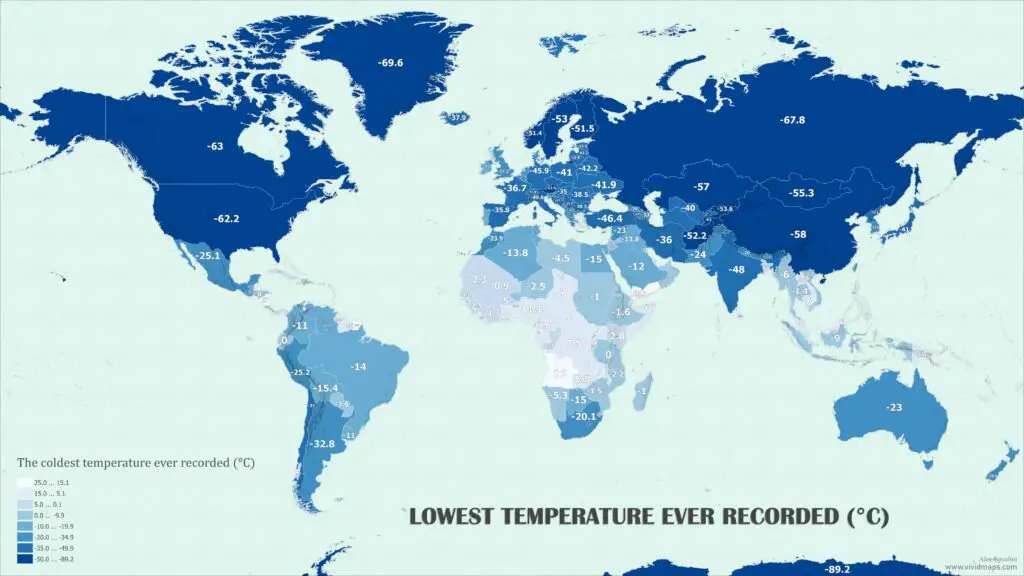
Climate change is causing significant shifts in temperature extremes around the world. While the specific impacts can vary by region, the overall trend is towards more frequent and intense temperature extremes.
Heatwaves are becoming longer in duration, occurring more often, and reaching higher temperatures.
Paradoxically, some regions may experience more intense cold snaps as a result of disruptions in the polar jet stream caused by a warming Arctic. These cold snaps can bring frigid temperatures and extreme cold conditions even in areas where milder winters have become the norm.
Nevertheless, in most countries of the world, the highest temperature records were registered later than the lowest temperature records.
